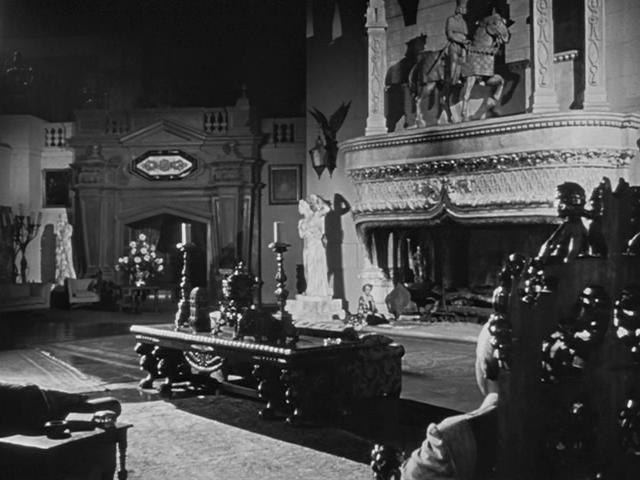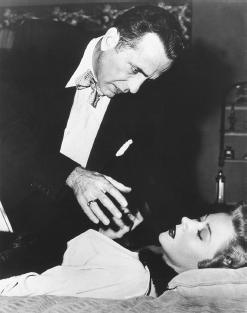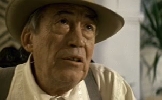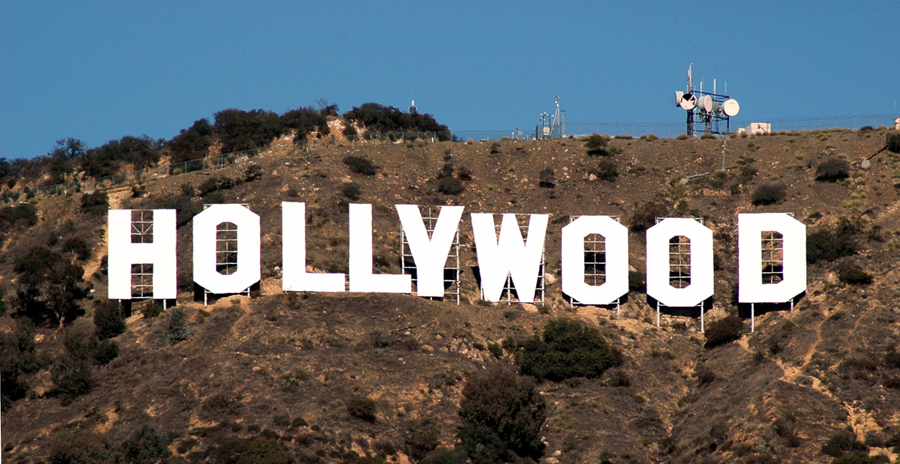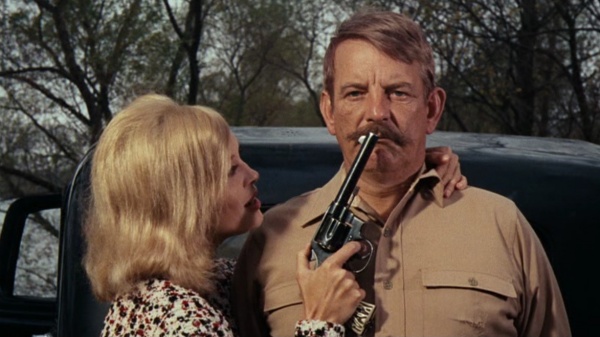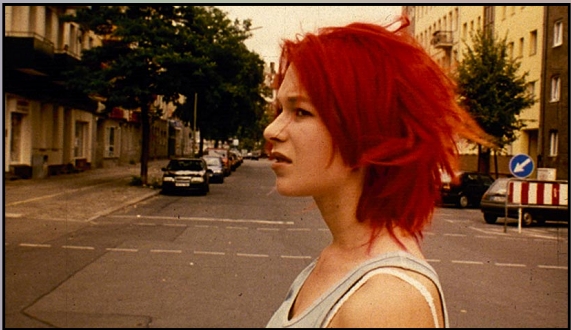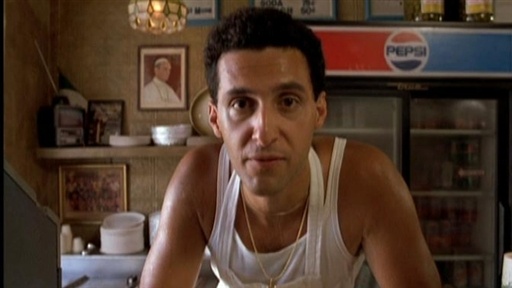In the opening of Citizen Kane, Charles Foster Kane dies as a pathetic sad man babbling about things like “Rosebud.” However, Kane lived an extraordinary life in America’s spotlight. As a tribute to him, Thompson, a news reporter, attempts to find the story behind rosebud. Through the people close to Kane and their interviews, we witness Kane as a boy living a hard life. Coming from a poor family, his parents thought it was best for him to live under Mr. Thatcher’s guidance. Here, he was comforted with the materialistic finer things in life and given financial opportunities. Eventually as a young man, he aspired to open a newspaper and became well-known. He bought out the NY Daily Inquirer and transformed previous newspaper history. Here, he started an empire across the nation. Plus, he got married to his first wife, but things ended dreadfully between them because Kane was accused of being with another woman (eventually his second wife, Susan Alexander). As Thompson digs deeper to try to unearth the rosebud mystery, it is clear that Kane lived a life full of possessions and money, yet he was plagued because he missed the human necessities of life, like love and tenderness.
Citizen Kane, in my opinion, was not the best film ever made. In fact, I would put it only on my top 100 favorite list. For me, a favorite movie has to have a few aspects in it. One, it has to have a lot of character interaction and relationship development. Something I have noticed is that I understand the story better when I understand the characters and their relationships. Normally, I am not interested in the cool graphics and fancy technological features; rather, I am drawn towards the meanings the characters create. Since I am a potential Interpersonal graduate student, it is obvious that I like movies with strong emphasis on relationships. For Citizen Kane, I was not personally attached to him. Although the film is not first person narration, it does revolve around Kane. I mean, he is the title of the movie! However, the film unfolds through others’ perceptions of him. Through a news reporter’s investigation a mysterious keyword, Charles Foster Kane’s life story plays out. Indeed, this part of the film was creative and broke the rules of first person narration, yet, I had a difficult time relating to Kane. Just like any other audience member, I saw him as a distant celebrity in which I was just following his life. It is parallel to the opening of the film through newsmarch, where the audience has a reader’s digest preview, but just like the audience watches the news, it seems somehow fake. I am not sure of how to exactly describe it, but it is almost as if the person is less human when they are portrayed in the news, close to an out of body experience (this could also relate to how I have been trained to idolize people in the news). For whatever the exact reason, I like films in which I can perceive the world through the main character’s eyes and in Citizen Kane, it was somewhat difficult to have an instant connection and understanding. Again, a big reason this film is not under my top 10 list is for the very reason that makes it creative and probably more well-liked: lack of first person narration.
A second reason this film is not the greatest film, not even top 10, would be the fact that it is in black and white. I know, there could be a debate about this and I probably should not not like a movie just because the technology was not up to date. For me, my eyes sometimes go bonkers when I watch a movie in black and white. Yes, I do think it is somewhat romantically reminiscent of older times; still, I don’t enjoy them as much. (Goodness, I hope this secret does not fail me out of film class!)

